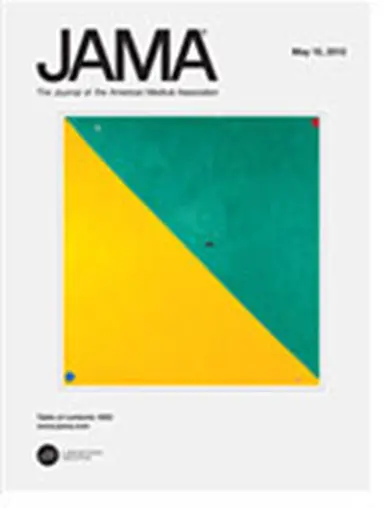
Sun damage is the most important environmental factor associated with malignant melanoma. To address the health threat, as well as the economic burden, primary prevention and early detection are crucial. Sunscreen vs. a physical barrier: Spanish researchers have tried to find out which were most effective in preventing skin cancer.
The objective of this study was to test the efficacy of a topical sunscreen in the prevention of UV-induced effects in nevi, then to compare it to the protection provided by a physical barrier. It focused on twenty-three nevi from 20 patients attending a referral hospital. Half of each nevus was protected by either a physical barrier or a sunscreen. Lesions were completely irradiated by a single dose of UV-B.
In vivo
examination was performed before and 7 days after irradiation and histopathologic-immunopathologic evaluation after excision on the seventh day.
The most frequent clinical changes after UV radiation were pigmentation, scaling, and erythema; the most frequent dermoscopic changes were increased globules/dots, blurred network, regression, and dotted vessels.
Both physical barrier–and sunscreen-protected areas showed some degree of these changes. More than 30% (7) of nevi did not show any change on clinical examination, and 18% (4) had no dermoscopic change. Immunohistopathologic differences between the halves of each nevus were demonstrable even when in vivo examination detected nothing. Parakeratotic scale, increased number and activation of superficial melanocytes, and keratinocyte proliferation were the most remarkable features.
The only difference between both barriers was more enhanced melanocytic activation and regression features in the sunscreen …


